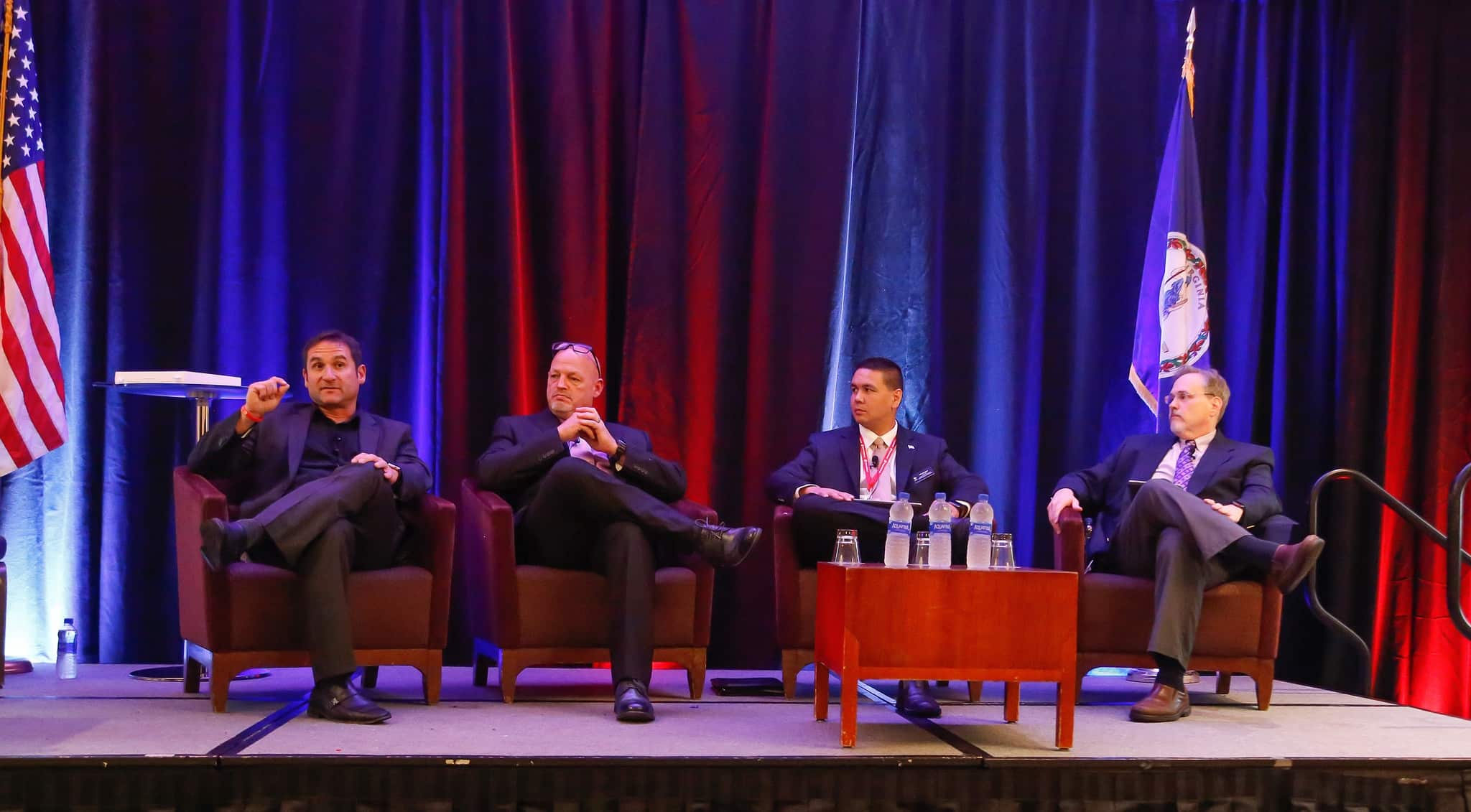In 2008, colleges were still scrambling to acquire an Emergency Notification System (ENS) to send mass text messages to their students. It was just over a year from the horrific Virginia Tech massacre that refocused the world’s priorities on the importance of campus safety and taking proactive measures to prevent a recurrence – on any campus.
Much has evolved over the past decade. Campus safety has become more of a mantra than an initiative. Technology has advanced, best practices have been adopted, policies crafted, and organizational structures coalesced.
This month, we had the pleasure of attending three school safety-specific conferences: the International Association of Campus Law Enforcement (IACLEA) Annual Conference, Campus Safety East, and the Historically Black Colleges & Universities Law Enforcement Executives and Administrators (HBCU-LEEA) Annual Training Conference. All three provided an opportunity to meet and share ideas with some of the most progressive professionals in campus safety – including Omnilert customers, emergency managers from other campuses, and other safety luminaries. At Campus Safety East, I was joined for a panel discussion “Are Your Emergency Notifications Keeping up with the Times?” by campus safety leaders Sam Kennedy (Virginia Commonwealth University), Tom Mayhew (Northern Virginia Community College), and Jeffrey Morgan (University of Central Florida). The session was moderated by Robin Hattersley-Gray from Campus Safety Magazine.
Each conference conveyed how far we have come in a decade; however, forecasted much of the unchartered territory ahead of us.
3 Key Insights
1. Texting is Not Enough
10 years ago, ENS was synonymous with “mass texting system”. Today, we know that in order to be effective for successfully communicating timely emergency information with the campus population, a multimodal approach is necessary. Different people consume information in different ways, so communicating in their preferred medium is critical.
2. Speed vs. Completeness
This has always been a highly debated policy issue with emergency management policymakers. Should you wait until you have all the details related to the incident before you issue your first emergency alert?
The answer is no.
It is far more important to make the population(s) aware that there is an emergency, provide basic standard procedures, and provide notice that more detailed information will follow. This is known as a “holding message” and provides a statement of awareness. If the organization waits to verify and collect all pertinent data regarding the incident, students will begin creating their own story lines via social media.
3. Make Your Emergency Plan & Procedures Actionable
Perhaps the greatest advancement of speed in notification is the ability to map Emergency Operations Plans/Procedures (EOP) to yourEmergency Notification System. This is done through the addition ofScenariosto your ENS. Scenarios enables one-step automation for the first steps in an emergency plan. This could include sending out a holding message to students via text, email, voice, digital signs, desktop alerts, website, and social media. In addition to notifying different groups (faculty, staff, students, emergency team), procedures can be delivered to the handset. For example, a first notification for an Active Killer emergency can include a simplified “Run-Hide-Fight” PDF, image, or web link to provide the recipient with the resources needed for that specific incident.
Note that I am referring to the “first set ofactions”, not only alerts. Other actions in an EOP can include mobilizing emergency resources such as local police department or emergency medical technicians with an ambulance. You may include establishing a remote unified command to collaborate with your emergency operations team through a phone conference bridge or shared video feed. There may also be physical actions related to the Internet of Things (IoT) connected resources such as initiating the raising of bollard blockade or the locking of doors; technological actions that need to be implemented during the first and most important minute of an emergency incident.
All of these actions can be deployed manually or via an autonomous Trigger™ through Scenarios.
As Emergency Notification Systems continue to evolve, it’s important for each organization to make those evolutions, too. By staying aware of the updates to your ENS and consistently reviewing and updating your EOP, you’re ensuring the quick delivery of your alerts and procedures and the safety of your people. Attending these conferences allows us all to learn from each other, reinforce what is important, and acknowledge that what we all do together – really does matter.



